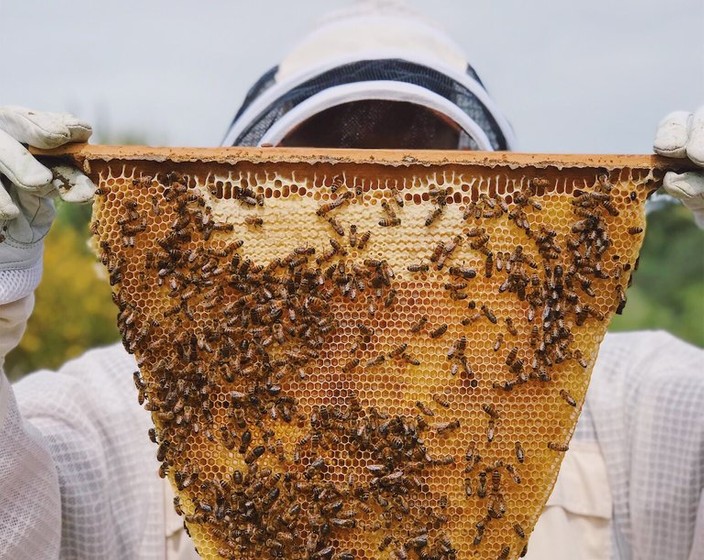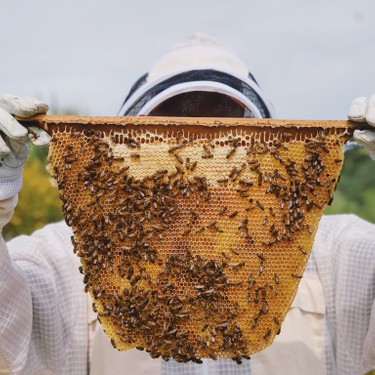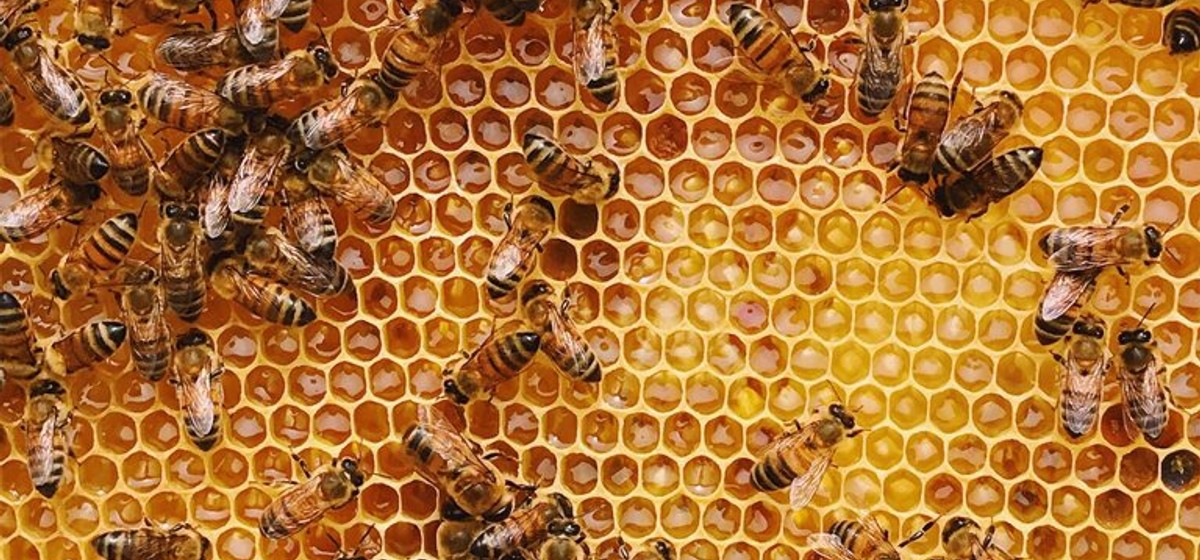The Importance of Buying Local Honey




Honey is one the world’s most treasured foods. Made from the nectar of millions of flowers, each batch can have a unique flavor, color, texture, or even medicinal value. You might have heard before that local honey is best, but what is it that makes locally produced honey superior to others and where can it be found? Read on to find out everything you need to know about buying locally produced honey.
Allergy sufferers benefit the most from local honey. If you are hoping to alleviate allergy symptoms, consuming one spoonful of local honey a day can help. However, it’s important that the honey really be local. Although honey is made from nectar, it also contains pollen. When you eat local honey, it will likely contain some pollen from the plants that have been causing your allergies. When you introduce tiny amounts of this pollen into your diet each day, it teaches your body not to overreact to the pollen in the air.
Another great reason to buy local honey is to support your local beekeepers and food movements. The honey bees that beekeepers care for are integral to our food systems. Not only do they make honey, they pollinate! The pollination honey bees provide makes the food we eat possible. When you buy honey from a local beekeeper, you are not only helping to keep them in business, but you are also supporting the local farms that rely on them to produce food. Local food is healthier, tastier, and more sustainable.
You might be surprised to learn that the honey you have been buying might not be real. Many of the jars found on supermarket shelves look and taste like honey, but aren’t exactly the real thing. Large-scale producers often sell ultra-filtered honey that has been strained of all its pollen and heated to keep the honey in a liquid form for longer. This process robs the honey of many of its potential benefits. What’s worse, some honey is cut with corn syrups or other sugar mixtures but little is done to monitor and test for these adulterations. Local honey is your best chance at finding the real thing, since small-scale beekeepers are unlikely to tamper with their honey in these ways.

Many people think of honey simply as being sweet and don’t realize the huge potential for different flavors. Yet, each batch has a unique taste and texture that comes from the flowers the bees visited while making it. Some honey are light and floral with a twist of citrus while others have a deep molasses flavor with touches of chocolate or berry. Try using honey in place of sugar in your next recipe and you’ll find that it not only sweetens, but also adds an extra tang to your palette. Many regions produce honey that can’t be found anywhere else. It’s exciting and fun to explore the flavors of your city through local honey.
Now that you know the benefits of local honey, you might be wondering how to find it. Start by avoiding big box stores and head to your local farmer’s markets instead. Beekeepers can often be found there selling jars of their liquid gold. It’s also a good idea to check the shelves in small gourmet shops, but be sure to read the label to make sure the honey was produced locally. Another idea is to look up your local beekeeping club. Most cities have beekeeper groups that meet up regularly and their members may have honey to sell.